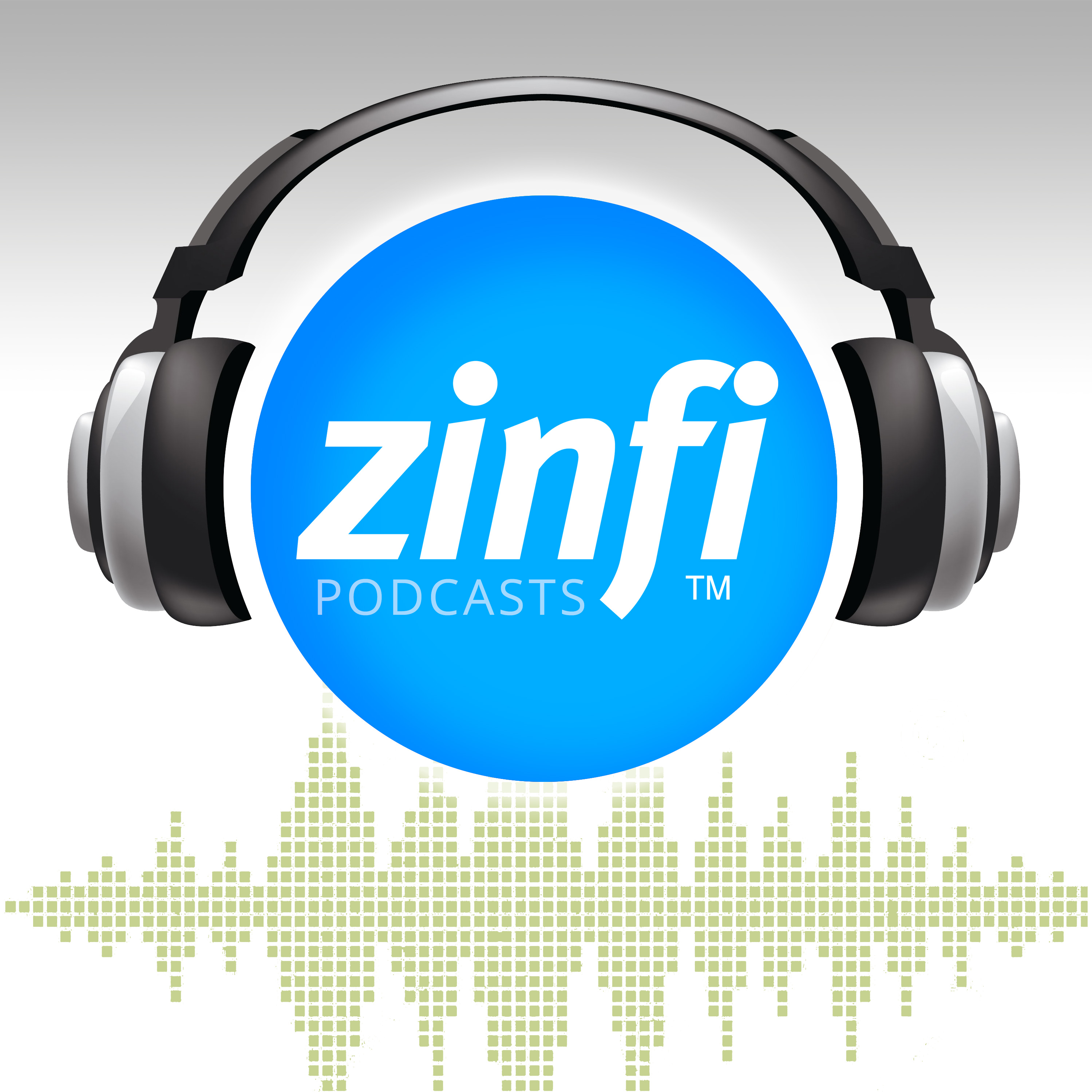7 Market Development Funds Programs That Yield Results

We frequently see vendors and providers struggling to figure out what would be the right set of programs to use Market Development Funds (MDF) or Co-operative (Co-op) Marketing Funds effectively to drive value for their partners and agents, and also provide high level of marketing ROI. In fact, there are a few insights that make it easier to do the right things right.\nOver the years we have seen organizations that can sell through a channel in almost a sure fire way and increase their return on investment from Market Development Funds (MDF) by focusing on a core few programs. These seven programs and ideas certainly do not rule out the opportunity to innovate in other ways, but a good approach would be to allocate more significant portion of your MDF budget across these areas first while setting aside the remainder as discretionary budget for other, creative marketing programs.\n\n\n \tPartner Training \u2013 If you have a fee-paid certification program in place, one way to increasing return is to allow up to 80% reimbursement of strategic training programs. This can certainly vary quarter by quarter, as you emphasize certain business lines or product lines, but overall, running promotions to waive certification fees is a great way to increase competencies with your partner organization. It also helps create sales momentum as fully trained technicians can engage their internal sales resources to generate demand.\n \tInstalled Base Sales \u2013 Organizations with large number of end customers and a broad channel at times struggle to deploy Market Development Funds (MDF) to drive demand. However, the easiest way to drive near term return is to create upgrade promotions and add-on campaigns for your installed base. In this way, you enable your channel to drive focused campaigns. If you have the ability to track point-of-sales data from your sales organization or your channel teams (distribution, etc.), you can very quickly track return on investment from these programs.\n \tEnd User Webinars \u2013 Webinars are the most cost effective way to generate demand \u2013 yet very few vendors effectively uses this mechanism. If you have the right Channel Marketing Automation platform, you are better equipped to drive high levels of attendance to centralized webinars. The Channel Marketing Automation platform allows the vendor to present a centralized webinar, while partners are able to drive their existing base of customers and prospects to attend. Security settings mean they don\u2019t need to worry about losing those records to the vendor\u2019s sales team or other partners. Creating a regular webinar series where you present, but partners drive traffic and follow up to close can provide tangible ROI.\n \tAppointment Setting for SME and Enterprise Campaigns \u2013 To get return from your tele-campaigns, the average selling price needs to be at least 20-30x of the program cost. You don\u2019t want to spend telemarketing or tele-prospecting budget on SMB campaigns, as the average transaction cost tends to be higher in mid-market and enterprise solutions. So, if your tele-campaign cost per partner varies from $2,000 to $10,000 (depending on the activities and countries where you are running the campaign) then you have to be able to close one or multiple deals in the $40,000 to $300,000 range. Therefore, handpicking the campaigns that you want to fund is critical to drive near term results.\n \tSMB Roadshows \u2013 Allowing partners to run modestly funded lunch-and-learn events (20 people attending with $1,500 budget) can be quite effective. However, this doesn\u2019t work ROI-wise with transactional products \u2013 like firewalls, switches, etc. \u2013 that do not have a higher life cycle value. Picking the right products for SMB-focused roadshows is therefore critical, but with the right mix, this can certainly drive consistent deal flow and pipeline increase both for partners and providers.\n \tSocial Selling \u2013 The right Channel Marketing Automation platform can help your partners to sell socially...